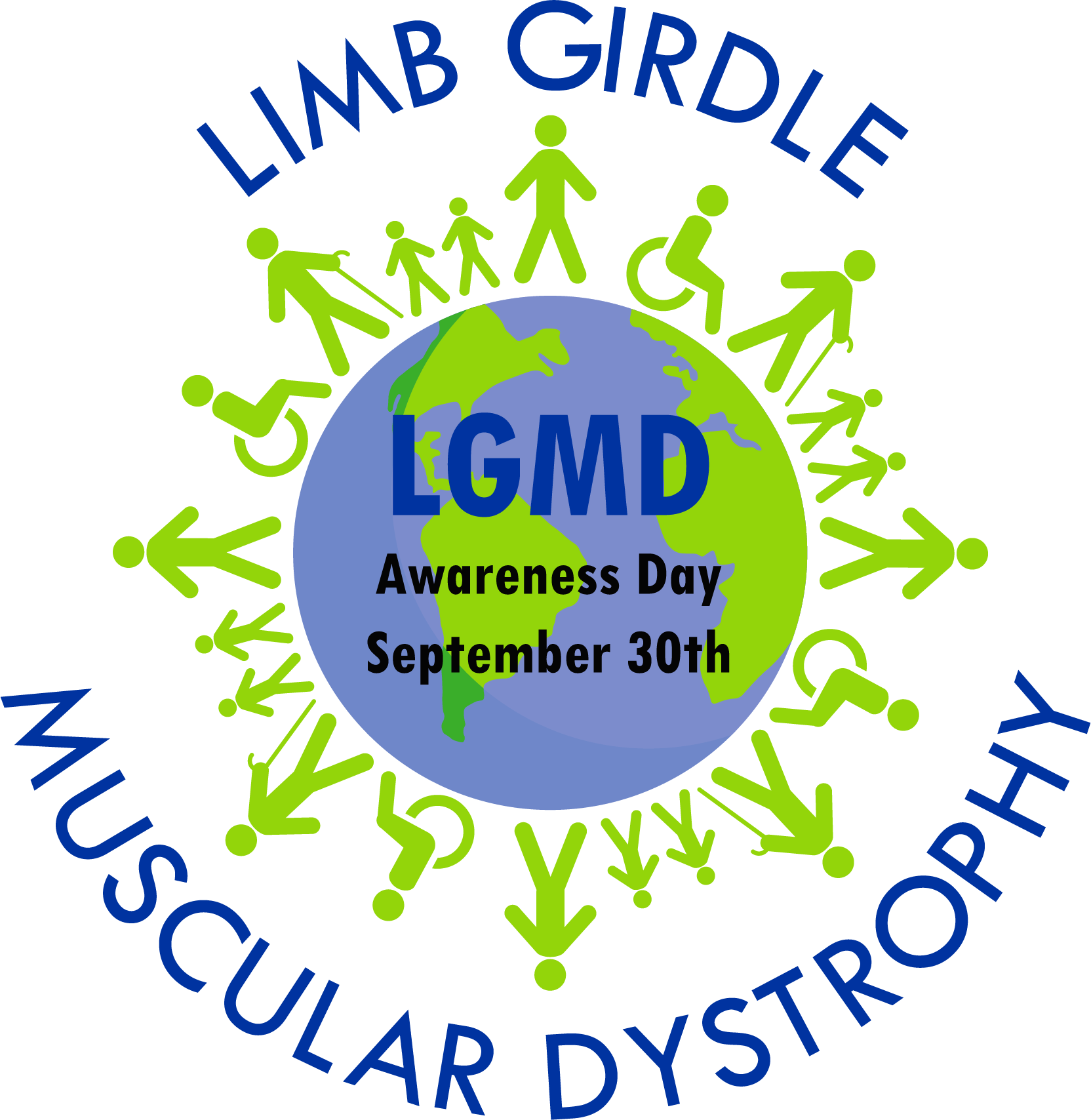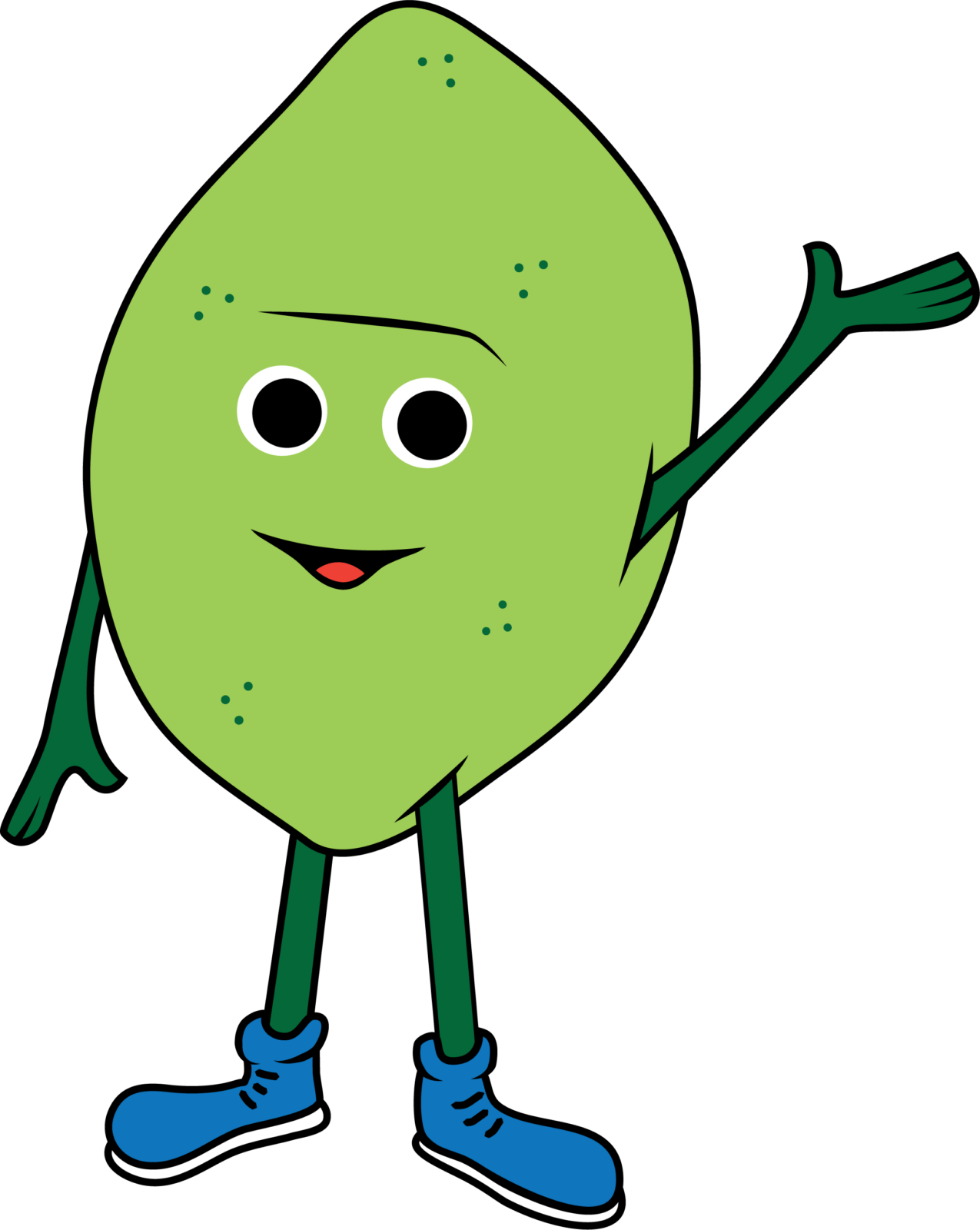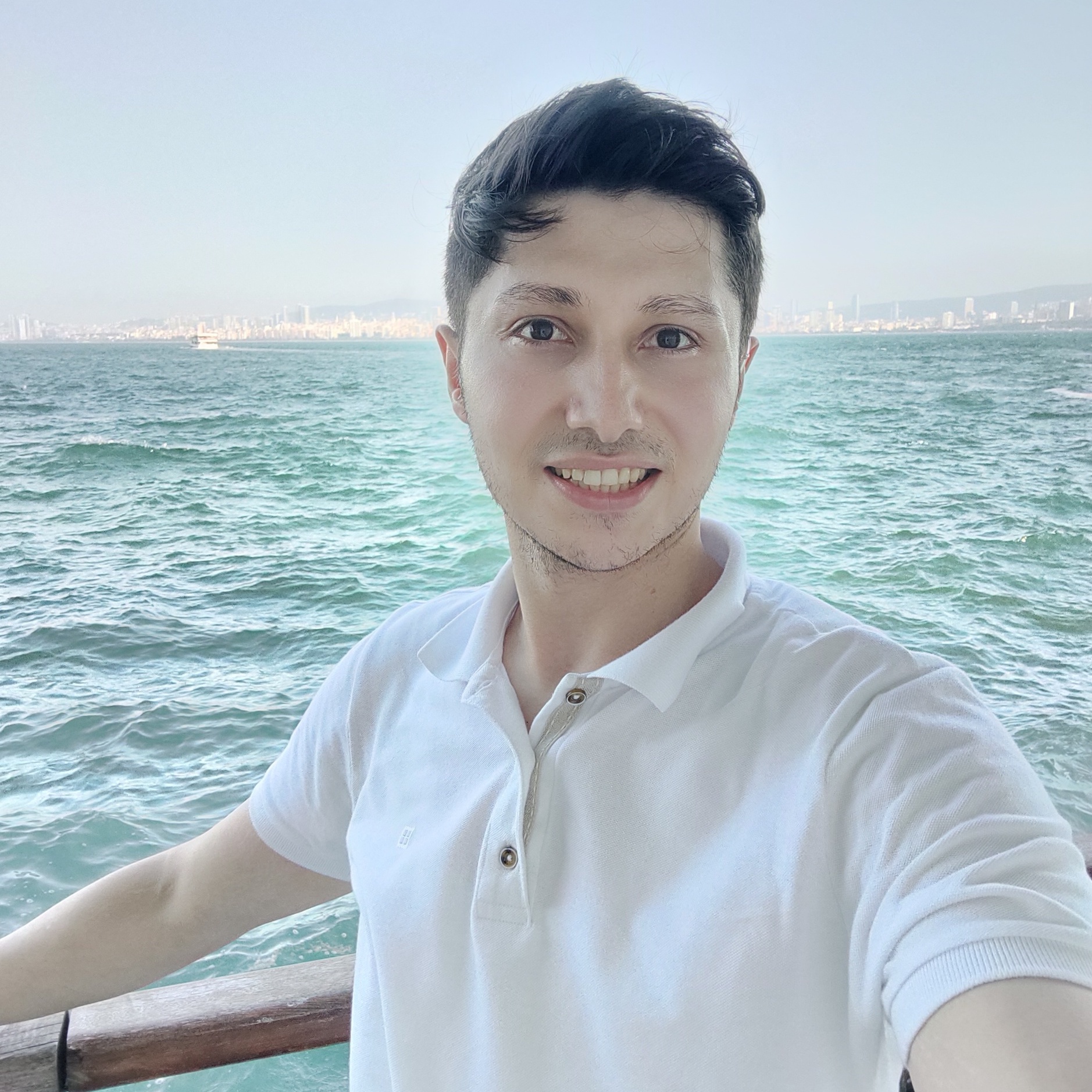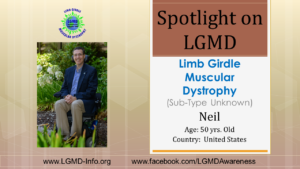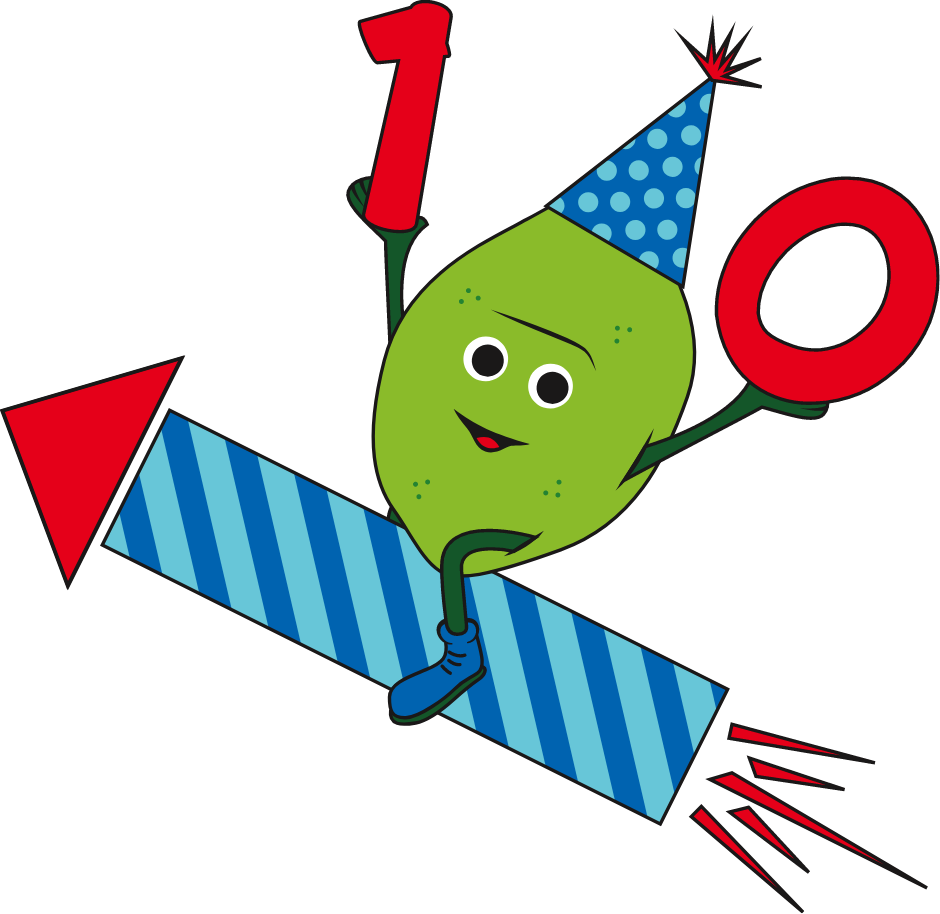INDIVIDUAL WITH LGMD: Neil
Name: Neil Kramer
Age: 50
Country: United States of America
LGMD Sub-Type: Unknown
At what age were you diagnosed:
I was diagnosed at the age of 47.
What were your first symptoms: I started having weakness in my legs, which resulted in frequent falls. I noticed gradually having trouble with balancing, getting up from chairs, climbing stairs, and knees giving out causing falls. One day, 4 years ago, I had a bad fall and went to the emergency room. The doctor recommended I see a neurologist. During my first visit, the doctor informed me that the issues were not prevalent in my legs, but with my arms as well. I remember feeling helpless and scared. It took several months to finally receive a diagnosis. The months were stressful to say the least. While going through all the testing through the neurologist, we had numerous discussions. During one visit, we discussed my childhood. All of a sudden, the challenges I had as a child made sense.
As a child, I could never do push-ups, pull-ups, climbing the rope in gym class, run very fast, etc. I also could never lift heavy objects. I just thought I was just a nerdy weaker child. I embraced music and became a band nerd.
Once I received the diagnosis of Limb-Girdle Muscular Dystrophy, may things in my life seemed to make sense.
Do you have other family members who have LGMD:
No, I do not have any family members who have LGMD. I guess my case is a mystery.
What do you find to be the greatest challenges in living with LGMD:
I am doing my best to move as much as I can to slow down the progression of the disease; however, I do notice that my legs are getting weaker. I have to be more careful to avoid falls. I need to listen to my body more to determine when I need to use my walker or scooter. I know I should not be embarrassed, but the challenge is to overcome embarrassment and be who I am. The mobility devices are a tool to help me continue my independence.
I am also starting to notice the weakness in my upper arms. I have been so focused on my legs; however, I am starting to worry about additional challenges in the future. The challenge is getting myself not to worry about the future but to enjoy each day. I have a wonderful family and a supportive work environment to help me continue my successful career.
What is your greatest accomplishment:
I believe my greatest accomplishment has been my career in Social Services. I work for an agency called the San Diego Regional Center (SDRC). We coordinate services for over 32,000 persons with developmental disabilities and their families. The work we do for our community is amazing. Our clients are our top priority. For the past several years, I have been working as the Legislative Liaison for our agency. Because our funding comes from the State of California, I have frequently meet with our State legislators and their staff to ensure our service delivery system for our clients and families remain intact. I really our advocacy for our system. I believe our efforts have been very successful.
Now that I have been diagnosed with LGMD, I can relate to some of the clients we serve who rely on mobility devices for independence. My diagnosis has only empowered my passion to advocate, not only for the clients I serve at the SDRC, but for ALL persons with disabilities.
How has LGMD influenced you into becoming the person you are today:
LGMD, although very challenging, has made me more aware of the needs of persons with disabilities in our community. Like all of us, I have good days and days where my legs and arms feel heavy and tired. I try to work through the bad days to ensure I try some physical activity to slow the progression of the disease. I have become “stronger” emotionally because I do not want LGMD to stop me from living my life. I have a stronger resolve for advocacy and am doing everything I can to raise awareness for LGMD and all Muscular Dystrophy diseases.
I have always worked in public service-related profession. I have always had the desire to run for public office. Despite LGMD, I am now a candidate for my local City Council. One of my top priorities is to advocate for persons with disabilities and senior citizens. I want to ensure better access to our open spaces, parks, and trail systems. LGMD will not stop me from achieving my dreams!
What do you want the world to know about LGMD:
I want the world to know that there are some disabilities that are hidden from view. I can still walk and try to do so as often as I can. When my legs feel tired/heavy, I’ll use the walker. For long distances or crowds, I need my scooter or wheelchair. When using the handicap space and I don’t need my walker, I sometimes get looks from people who don’t understand why I need the space. My legs are very weak, and I am a fall risk. I should not feel embarrassed or ashamed because I need to use the handicap parking spot.
I want to raise awareness about LGMD, raise money for LGMD research, and advocate for all of us who suffer from the disease.
If your LGMD could be “cured” tomorrow, what would be the first thing that you would want to do:
I would love to be able to roller skate like I did in high school, play golf with my son, play a game of baseball, and perhaps learn to surf. I live in Southern California!

